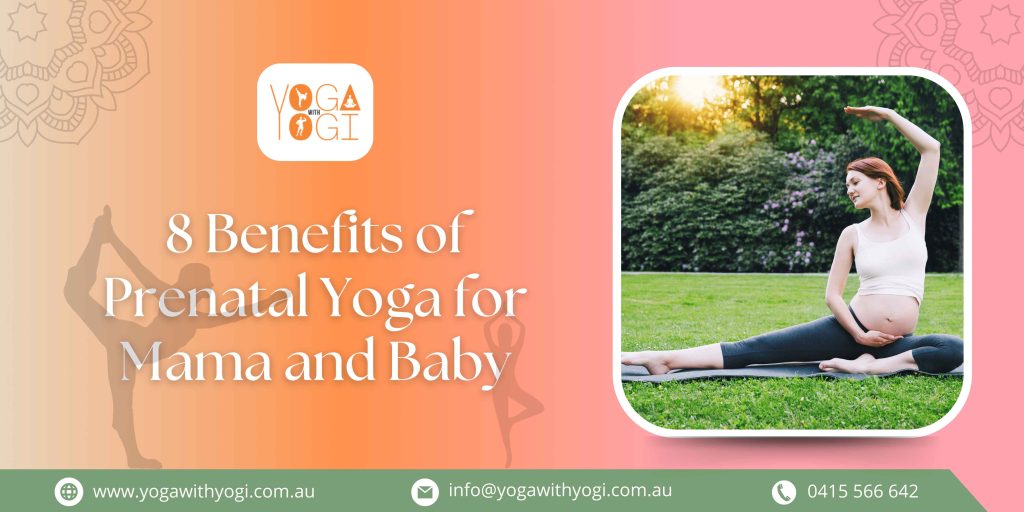There are numerous health advantages to practicing yoga regularly when pregnant as a future mother. Before engaging in any regular prenatal yoga classes, it’s important that you speak with your doctor. Don’t just go to any yoga studio, though, once you’ve been given the all-clear to start practicing. The experts of yoga in castle hill can help to create the best plan according to the condition of your body.
How does it help?
Developing physical strength
Yoga provides physical stamina and strength in the shoulders, hips, legs, and back, which are beneficial during the final trimesters of pregnancy as well as childbirth. Recent research have shown that practicing yoga and meditation alters gene expression. Among many other good things, they assist in lowering blood pressure, blood sugar, stress, activating the parasympathetic nerve system to allow the body to “rest and digest,” enhancing heart function, relieving back pain, and improving bone health.
Balance
Yoga is all about finding your physical and emotional equilibrium. You can concentrate on both the asanas (physical poses) and pranayamas (breathing exercises) when you are on your yoga mat. The most crucial thing is to keep the two in balance so that you can enter a blissful state as you switch off your fight-or-flight (stress) response and activate your parasympathetic nervous system (rest and digest). Due to hormonal imbalances (especially those involving estrogen and progesterone) and the weight of your growing baby, you may experience physical and mental unbalance as your pregnancy progresses. By focusing on your physical and mental balance while performing yoga poses and breathing exercises, you may improve both.
Back and hip tension relief
Your hips and spine adapt to your expanding belly. Your hips tighten, and your spine curves more. Yoga postures can help you to strengthen, loosen, and breathe deeply into the areas of tension, which will help you to relieve some of that severe pressure.
Relaxes the neurological system
Yoga pranayama (deep breathing) gives your body the chance to enter what some refer to as a rest and digest condition. Your body is able to rest, digest, and repair itself while your parasympathetic nervous system is activated. Your sympathetic (or “fight or flight”) nervous system takes control when you’re under stress and on-the-go all the time.
Your digestive system also slows down due to the increase in progesterone. Additionally, your immune system suffers, and you don’t get the deep sleep or relaxation that you need to restore your mind, body, and spirit. Your body has to work harder while you are pregnant to support both you and the developing baby. In order to keep both you and your unborn child as healthy as possible, it is crucial to activate the rest and digest nervous system.
Body awareness and increased connection to your baby
Yoga slows you down and enables you to tune into your body on a very deep level, increasing body awareness and connection to your baby. You can concentrate on what is truly occurring to you and your unborn child by focusing on your breath and the poses that reach deep inside your muscles. You will have the time and the chance to communicate with your baby on a deeper level as you dive into the depths of this awareness.
Reduced edema (swelling)
Yoga’s physical postures and deep breathing techniques improve circulation. Swelling and inflammation are reduced when your blood circulation is improved!
Preparing your breathing for labor: The days of using rapid, hyperventilating breathing techniques are long gone. It has been demonstrated that slow, steady breathing improves concentration and lessens pain. You are developing a habit of quiet, deep breathing as you practice prenatal yoga to get ready for the big day. One of the finest things to do while doing a posture that can be uncomfortable because it digs deeply into a sore or neglected area of the body is to let go, relax your face muscles, close your eyes, and breathe deeply into that pose. Using the same method can be beneficial when giving birth.





